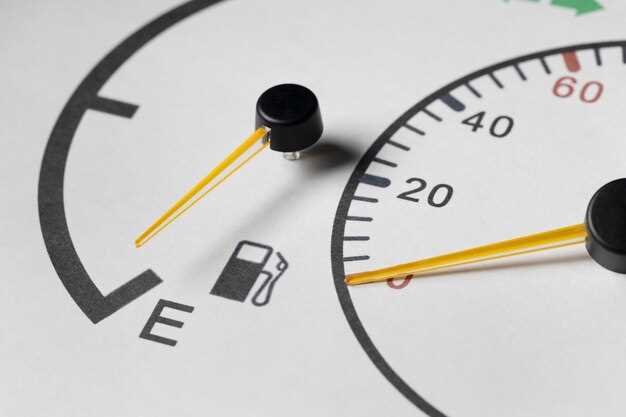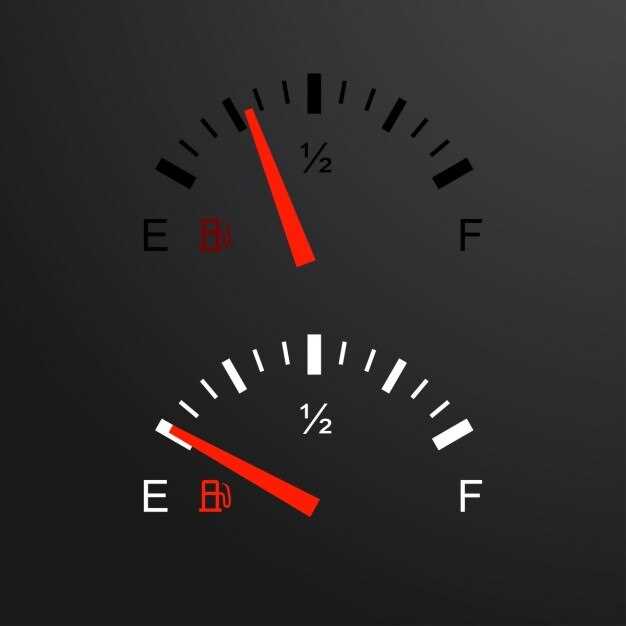
Idling refers to the practice of running a vehicle’s engine while it is stationary. This common behavior, often seen in everyday driving situations, raises concerns about fuel consumption and environmental impact. Despite the perception that idling might be harmless, studies reveal significant fuel wastage and emissions associated with this habit. Understanding the mechanics and consequences of idling is essential for both drivers and policymakers aiming to promote more sustainable practices on the road.
When a vehicle is idling, it consumes fuel without contributing to mobility. Contrary to popular belief, modern engines are designed to be more efficient during operation than while idling. For instance, turning off the engine when stopped for extended periods can lead to considerable fuel savings. Research indicates that excessive idling can waste up to half a gallon of fuel per hour, a substantial amount that adds up over time, especially in urban settings with frequent traffic stops.
Moreover, the environmental implications of idling extend beyond mere fuel waste. Idling vehicles release harmful pollutants that contribute to air quality degradation and exacerbate climate change. Reducing idling time is not only a matter of saving fuel but also an important step towards minimizing one’s carbon footprint. This article delves into the factors that lead to idling behavior, its repercussions on fuel usage, and strategies to mitigate its impact, ultimately fostering a more eco-friendly approach to driving.
Analyzing the Fuel Consumption Rates During Idling

Idling, the state of a vehicle’s engine running while the vehicle is stationary, significantly affects fuel consumption. Studies indicate that an idling engine can consume approximately 0.6 to 1.0 gallons of fuel per hour, depending on the engine size and type. This translates to consumers potentially wasting substantial amounts of money over time due to unnecessary idling.
The fuel consumption rate during idling can vary based on several factors, including engine efficiency, vehicle weight, and the use of auxiliary systems such as air conditioning or heating. For instance, a larger engine will typically consume more fuel while idling compared to a smaller engine. Additionally, operating an air conditioning system while idling can increase fuel consumption by approximately 2 to 3%.
Understanding the specifics of fuel consumption rates during idling is crucial for both individual drivers and fleet operators. For instance, commercial fleets may implement idling policies that limit idle time, aiding in reducing overall fuel costs. Data analysis reveals that reducing idle time can lead to significant fuel savings and decreased emissions, contributing positively to environmental efforts.
Moreover, tools like onboard diagnostics (OBD) systems allow drivers to monitor fuel consumption in real-time, providing a better understanding of how idling impacts their overall fuel efficiency. By evaluating this data, drivers can make informed decisions to minimize unnecessary idling, thereby optimizing fuel use.
In summary, analyzing fuel consumption rates during idling reveals substantial opportunities for savings and efficiency improvements. Awareness of these rates can encourage practices that lower fuel waste, ultimately benefiting both economic and environmental factors in transportation.
Identifying the Environmental Consequences of Extended Idling
Extended idling has significant environmental consequences that contribute to air pollution and climate change. When vehicles idle for prolonged periods, they emit various harmful pollutants, including carbon dioxide (CO2), nitrogen oxides (NOx), particulate matter (PM), and hydrocarbons. These emissions are detrimental to both human health and ecological systems.
One major consequence is the increase in greenhouse gas emissions. Carbon dioxide, a primary greenhouse gas, is released in substantial amounts during idling. This exacerbates global warming and leads to adverse weather patterns, affecting biodiversity and ecosystems. Furthermore, the particulate matter and nitrogen oxides emitted during idling can contribute to the formation of ground-level ozone, which poses health risks, particularly to vulnerable populations.
Additionally, idling contributes to the degradation of air quality. Particulate matter can penetrate deep into the lungs and enter the bloodstream, leading to respiratory issues, cardiovascular diseases, and other health problems. Communities located near busy roads or traffic-heavy areas often experience higher levels of pollutants, impacting the overall quality of life.
The environmental impact of idling extends beyond local air quality. The accumulation of harmful compounds can lead to acid rain, which damages forests, waterways, and soil, disrupting ecosystems and harming wildlife. Thus, reducing idling practices not only improves immediate air quality but also mitigates long-term environmental damage.
Efforts to identify and curtail extended idling are crucial in addressing these environmental consequences. Policies promoting anti-idling regulations, driver education on fuel-efficient practices, and the development of cleaner vehicle technologies can collectively contribute to reducing idling times and minimizing their environmental footprint.
Exploring Strategies to Minimize Idling and Save Fuel

Minimizing idling is essential for both environmental stewardship and economic efficiency. By implementing specific strategies, drivers can significantly reduce fuel consumption and decrease harmful emissions.
1. Turn off the engine: The most effective way to reduce idling is to turn off the engine when the vehicle is stationary for more than 10 seconds, barring specific circumstances like traffic signals or emergency situations. This simple action can save substantial fuel over time.
2. Use technology: Modern vehicles often come equipped with features designed to minimize idling, such as automatic start-stop systems that temporarily shut off the engine when the vehicle is stopped. Familiarizing yourself with these systems and using them can enhance fuel efficiency.
3. Educate drivers: Providing training and resources for drivers about the impacts of idling can lead to behavioral changes. Awareness campaigns can significantly improve compliance with idling reduction practices.
4. Plan routes effectively: Utilizing navigation tools to avoid traffic congestion and road construction can minimize the time spent idling. Planning trips allows drivers to choose the most efficient routes, resulting in smoother travel and less time with the engine running.
5. Encourage policy changes: Advocating for local policies that limit idling in certain areas, such as school zones or densely populated urban environments, can create a broader impact. Supporting initiatives that provide incentives for reduced idling in fleet operations can also lead to significant fuel savings.
6. Optimize vehicle maintenance: Keeping vehicles well-maintained, including regular oil changes and air filter replacements, can improve engine efficiency. A well-maintained vehicle is less likely to need to idle for long periods while trying to maintain performance.
7. Promote carpooling: Encouraging ridesharing or carpooling reduces the number of vehicles on the road, which indirectly minimizes idling. Fewer cars at traffic signals and stops translate into less time spent with engines running.
By implementing these strategies, individuals and organizations can contribute not only to reduced fuel consumption and savings but also to a more sustainable environment. Each small effort plays an essential role in combating the larger issue of fuel waste and pollution.





